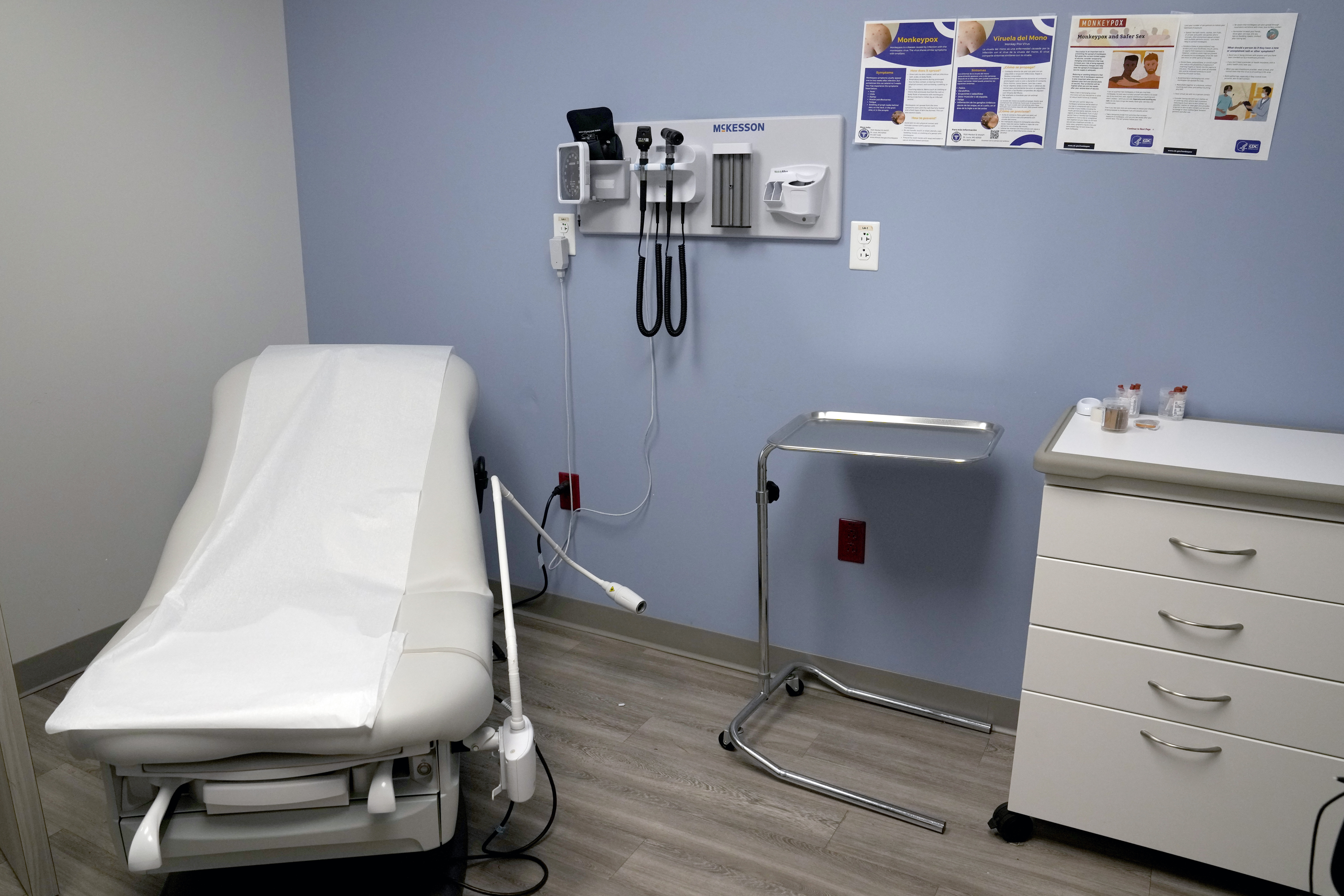LOS ANGELES, California, September 1, 2008 (ENS) - A coalition of 21 cities in Los Angeles County and the Building Industry Legal Defense Foundation has lost its legal bid to prevent the California state and LA regional water boards from applying clean water quality standards to stormwater.
Ruling on a post-trial motion by three environmental groups, an Orange County Superior Court Friday reversed the part of a July 2, 2008 judgment that blocked the Los Angeles Regional Water Quality Control Board from enforcing many water quality standards that control stormwater runoff.
The July 2 ruling by Judge Thierry Patrick Colaw suspended the water board's ability to enforce water quality standards to control stormwater runoff pending further review of standards by the board.
Now, the water quality standards will remain in place while the Los Angeles Regional Water Quality Control Board complies with the judge's order to review them.
The Natural Resources Defense Council, Heal the Bay, and Santa Monica Baykeeper intervened in the case earlier this year after Judge Colaw ruled the water board did not follow the proper procedure when it applied water quality standards for Los Angeles and Ventura County waterways to control polluted runoff.
In post-trial motions and objections filed this summer, the environmental groups argued that preventing the water board from enforcing the standards, even temporarily, would be harmful to the environment and public health.
In two motions and in court hearings on August 8 and 15, NRDC attorneys argued that the July 2 decision improperly constrained the state from following the federal Clean Water Act; was based on a misinterpretation of the California Water Code; and failed to follow a controlling California Supreme Court decision.
U.S. & World
Stories that affect your life across the U.S. and around the world.
On Friday, Judge Colaw agreed that halting enforcement or application of the water quality standards pending review by the water boards could have "unintended consequences which cannot be predicted."
The LA board said the ruling left regulators with no way to deal with stormwater runoff into the ocean. Builders could not get their discharge permits from the state board because the standards had been frozen
"Today's decision means that California can get back to enforcing indispensable clean water standards that protect people from getting sick at local beaches and wildlife from toxicity in local waterways," David Beckman, lead counsel and co-director of NRDC's Water Program said in a statement Friday.
"These standards protect drinking water supplies, people at the beach, and fish in our rivers, so this is great news for everyone in Southern California," he said.
Water quality standards play a pivotal rule in pollution control because they serve as legal limits on the amount of pollutants, such as bacteria and toxic chemicals, that can be discharged to local waterways. Contaminated stormwater runoff is Southern California's worst source of water pollution.
Mark Gold, president of Heal the Bay, said, "Although we respectfully disagree with the court's ruling that the water board violated the law, Heal the Bay is ecstatic with the decision yesterday which restores the water quality standards that we need to protect public health and aquatic life from storm water pollution."
The environmental groups are reviewing aspects of the July 2 judgment left in place by the court's finding that the water board failed to abide by proper procedure when it applied water quality standards to stormwater.
Tom Ford, executive director of Santa Monica Baykeeper, said, "We welcome this decision and call on the building groups and anti-environmental coalition of cities who filed this case to stop spending public money to make local waters dirtier. This case is an attempt to hold the interests of the public at large hostage to the anti-regulatory politics of the few, and it's a shameful perversion of sound public policy."
This year's annual NRDC report on the status of California's beaches confirmed stormwater as the largest pollution source for the state, particularly in Southern California.
Elevated bacteria levels caused 94 percent of the closing and advisory days in 2007 in Los AngelesCounty, 92 percent in Orange County, and 100 percent of the closings in Ventura County, according to the July 2008 report, which was based on data from the U.S. Environmental Protection Agency.
Copyright Environment News Service (ENS) 2008. All rights reserved.




